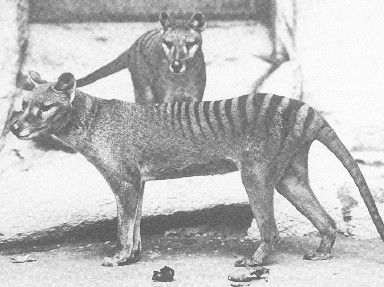
Extinction Is Forever Trivia Quiz
The word extinction is derived from the Latin "extinctionem", which means annihilation. Originally it was used to describe fires that had been extinguished, but by the late 1700s it was used to describe the loss of a species.
An ordering quiz
by ponycargirl.
Estimated time: 3 mins.